Giles Martin on George Harrison's Early Takes, track-by-track
Producer guides us through the former Beatle's extensive vault of home demos
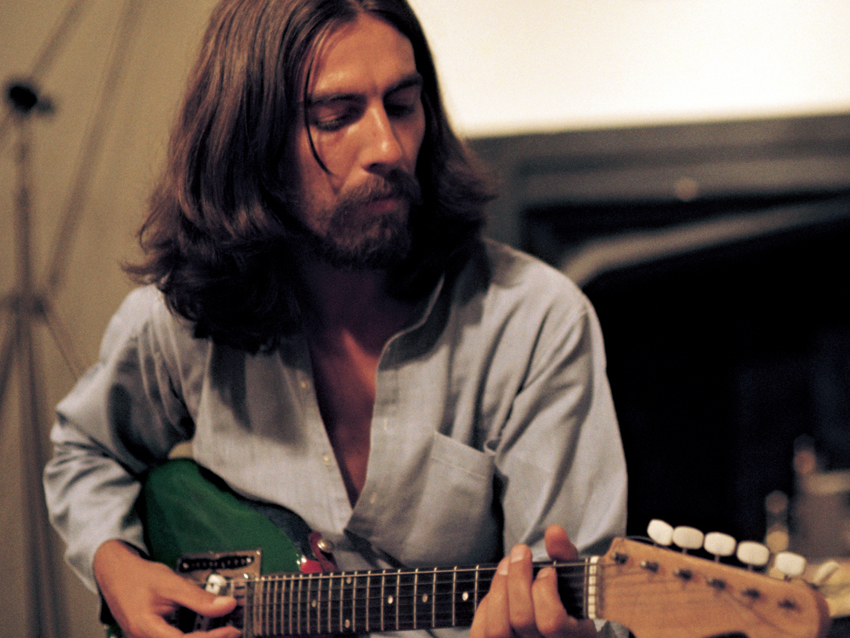
Giles Martin on George Harrison - Early Takes Vol. 1
In the library of Friar Park, George Harrison’s Victorian neo-Gothic mansion in Henley-on-Thames, sits shelf after shelf of unheard music. Shortly after buying the property in 1970, the late Beatle installed his own state-of-the-art studio where he would work on song ideas or invite friends round for a jam, and now those formidable archives are receiving a public airing.
Early Takes Volume 1 is the first fruits of a series of releases making Harrison’s home recordings available to fans, lovingly curated and tenderly teased into sonic shape by Giles Martin, son of the Fab Four’s legendary producer George Martin. It’s the third Beatles-related project Giles has worked on, having assisted his father on the Anthology documentary series and Love, the Cirque Du Soleil extravaganza still playing to a packed house in Las Vegas after six years.
“Love was George’s baby to the extent that he was good friends with Cirque founder Guy Laliberte, but it went through various complications and developments before it was finally staged,” says Giles. “George died before he could see it, but I suppose it’s become part of his legacy, and I worked closely with his widow Olivia on it.
“Then she asked to help with the music for Martin Scorsese’s documentary about George, which came out last year, so this first album is very much a companion piece to that. There’s still a huge amount of tapes to go through, and it’s a great privilege for me to be allowed access to it all.”
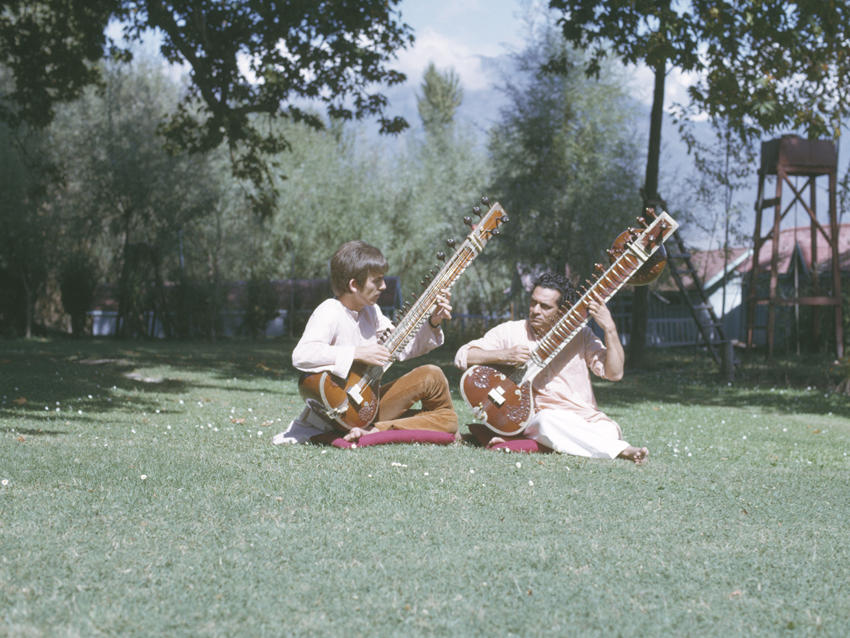
Giles Martin on George Harrison - Early Takes Vol. 1
How much material is there in George’s home library?
“He was a very diligent archivist, he seems to have kept just about everything. The engineer I most regularly work with, Paul Hicks [son of Hollies guitarist Tony], is a good friend of George’s son Dhani, they were neighbours in Henley as kids, so he was a lot more familiar with Friar Park than I was.
“It’s essentially a vault, the word ‘library’ doesn’t really do it justice, and it’s in pretty good order. Olivia used to work for George when he was running Dark Horse Records, so everything is relatively well catalogued, it’s not as if it’s a room full of unmarked or unboxed tapes.
“We went through the stuff marked ‘demos’ first, a lot of different reels, half-inches, quarter-inches, even cassettes, then we made an Excel sheet and wrote down song titles, keys and tempos.
“We’d also add comments about whether the tapes were any good or not. That’s not me being a pompous arse, but some of them were just things George had taped off the radio for some reason. Also, you’d occasionally come across, for example, a tape marked ‘Ringo, Klaus, George, Eric’, thinking it would be something great, but it might just be them tuning up and chatting for half an hour!
“It’s a bit like panning for gold. There was the odd day where we waded through boxes for 10 hours and when Olivia came in to see what we’d found I had nothing to play her. It’s a funny process, you can spend a lot of time going round in humdrum circles, but then there’d be these huge perks when you found something great.”
Clearly, you were looking for usable takes to put on this album and future volumes, but were there things you found interesting that didn’t fit the bill?
“We actually came across some recordings of George’s first sitar lessons with Ravi Shankar, and some of that was used in the Scorsese documentary. You hear Ravi teaching George how to count in the unusual time signatures of Indian music. Yes, it’s probably something fans would be keen on hearing, but it doesn’t really sit well on an album.”
When it came to preparing the tapes for the album, was it just a case of transferring them to digital and rebuilding in Pro Tools, or was an effort made to use vintage studio gear to stay true to the original vibe of the recordings?
“It was very important to us to keep things authentic. Quite often the recording had already been affected by analogue gear anyway, in which case your responsibility is the master it into digital in the best possible form. As is the case with all archive material, you want to make sure you’re doing the best possible back-up, so that what you have on a drive is exactly what’s on the original tape. You need to keep it as clean and untarnished as possible.
“Then, when you come to mixing stuff, you can go back through the analogue gear. Converters are so good nowadays that it doesn’t make a huge amount of difference when you’re going back and forth. We tried to use as little digital manipulation as possible, so as not to colour the sound or change the tone.”
Next: Martin guides us through Early Takes Vol.1 track-by-track

My Sweet Lord
“This was one of the biggest surprises, I think, because I had no idea it existed. It’s George with Klaus [Voorman] on bass and Ringo, just sketching out an idea for the song, trying to work out the best vibe.
“As far as we know, it’s the very first recording he did of it. Whereas Paul, in particular, liked to work up a song on his own before presenting it to other musicians, George tended to be more collaborative.
“What’s cool about this is that it shows the roots of the song, and it’s got a great feel to it, the drums sound great. It was recorded on an eight-track desk, but only using four of the tracks, and it’s a purely live performance. I think it’s a good counter-point to the finished version that everyone knows so well, there’s a noticeably different groove to it.”
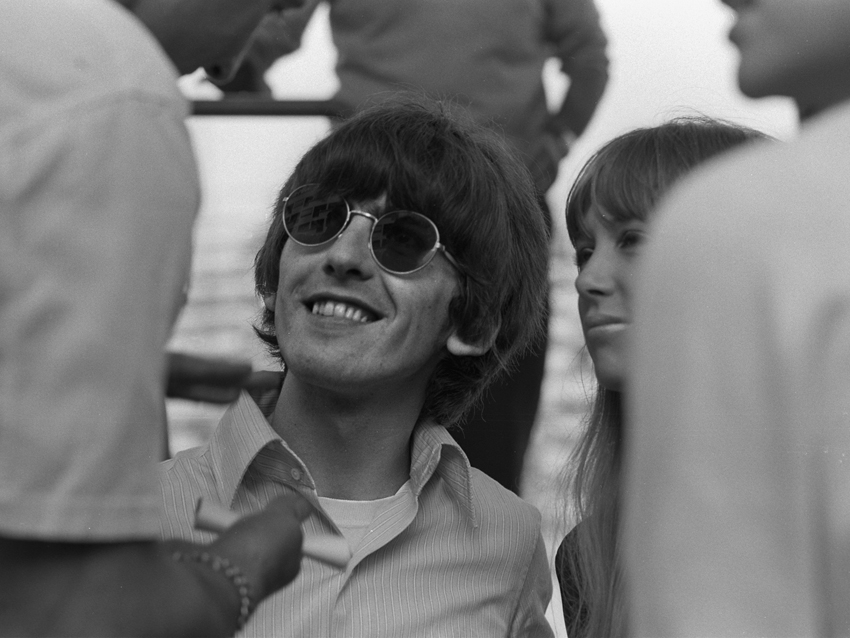
Run Of The Mill
“Again, it’s a very early demo of the song, with George trying to work out what he wanted to do with it.
“Both my dad and Phil Spector have spoken about George’s attention detail, how he’d sit and work out guitar parts in triplicate. While that’s a very valid practice, I think it can sometimes inhibit the spirit of the recording, but the appeal of this version to me is that it’s very rough and edgy.”
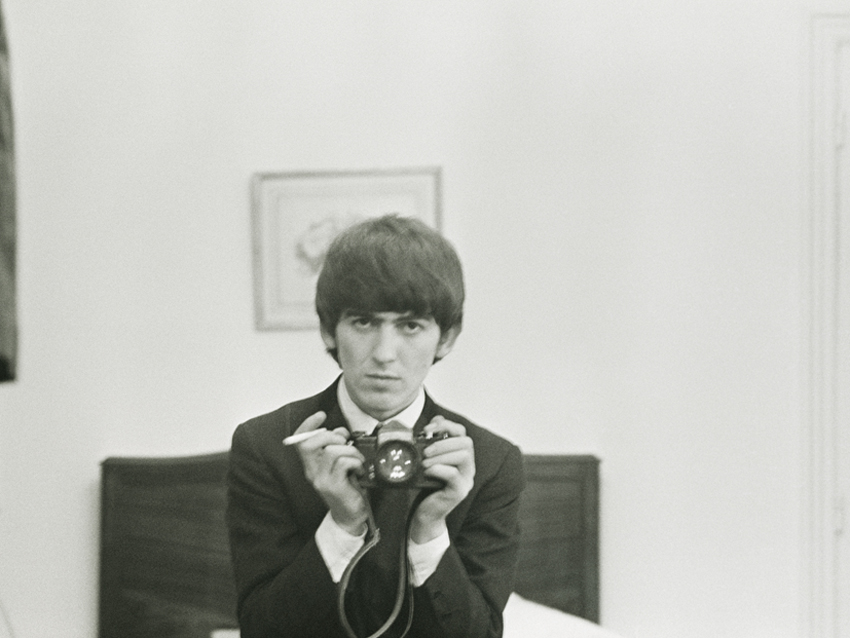
I'd Have You Any Time
“This is a track he wrote with Bob Dylan, and we wanted to show the Dylan influence on George’s writing. It’s very organic, I think; with advances in studio techniques there’s always the danger of the artist moving farther away from the listener, but this version really brings the listener closer to George. It’s a very fragile version of the song.”
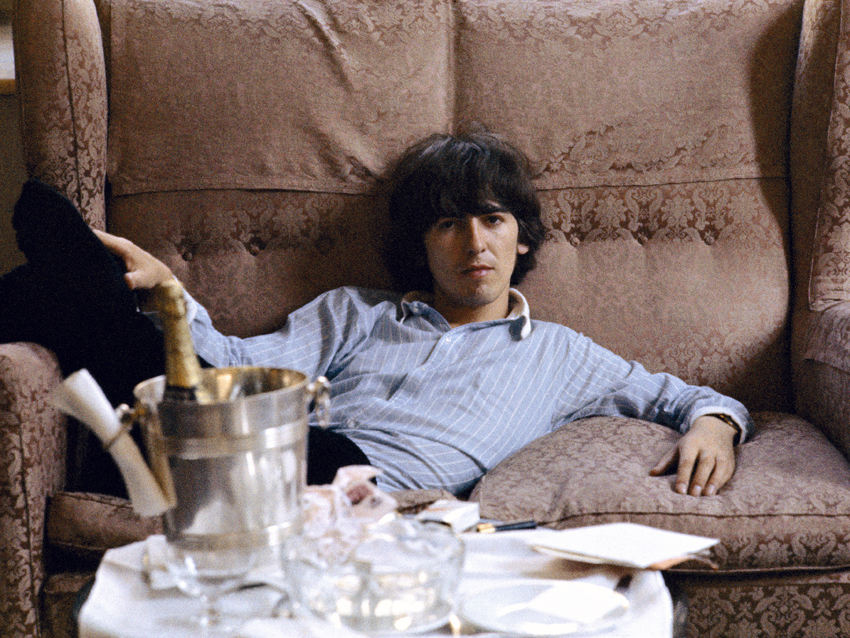
Mama, You've Been On My Mind
“We thought it would be good to follow the Dylan co-write with a cover of a Dylan song. I like the vibe of this. He recorded it at home in Friar Park at some point during the ‘80s, and it originally had programmed drums and loads of keyboards on it, and George had overdubbed himself for a three-part vocal harmony.
“I asked Olivia if it would be OK to break it down a bit, I thought it sounded a lot better stripped to its bones. You can still hear a bit of the drum sound in the background, because there was bleed on the tape - probably coming through from George’s headphones.”
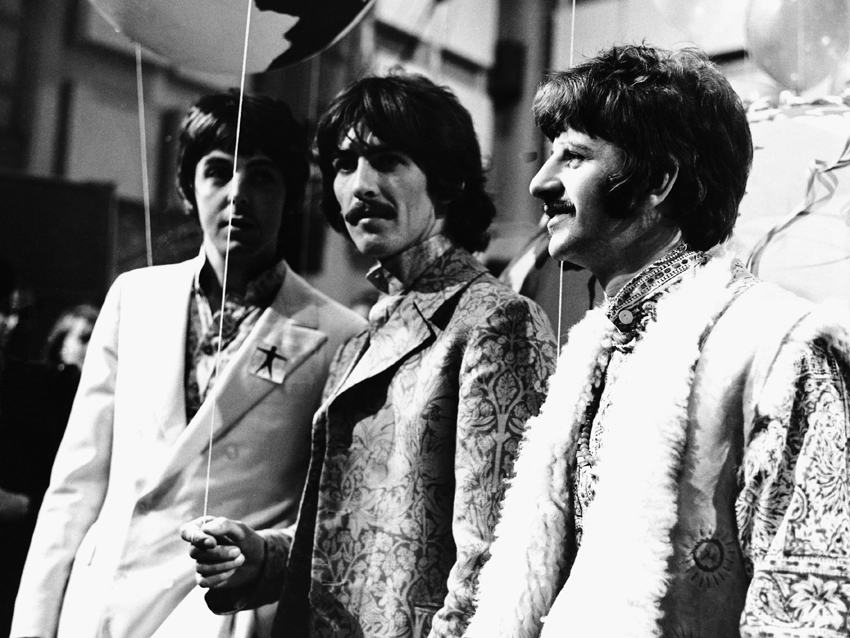
Let It Be Me
“The Beatles were always big Everly Brothers fans, but I’m not sure if they ever played this one in the early days. However, George did go to see them at the Royal Albert Hall on their reunion tour in 1983, and I think he went home afterwards and recorded this the same night.
“We first came across him singing this on one of the demo reels, but then we found this multi-track version a bit later. On first listen I thought it might have been George harmonising with Jeff Lynne, I didn’t realise it was two Georges, but Olivia put me straight.
“I tried mixing this a few times, because it sort of sounded wrong - but at the same time it sounded right, if you know what I mean. There’s a claustrophobic quality to it that I wanted to keep, so it’s the track I worked on the most, to make sure it sounded bad, but good! It’s kind of creepy, in a way.”
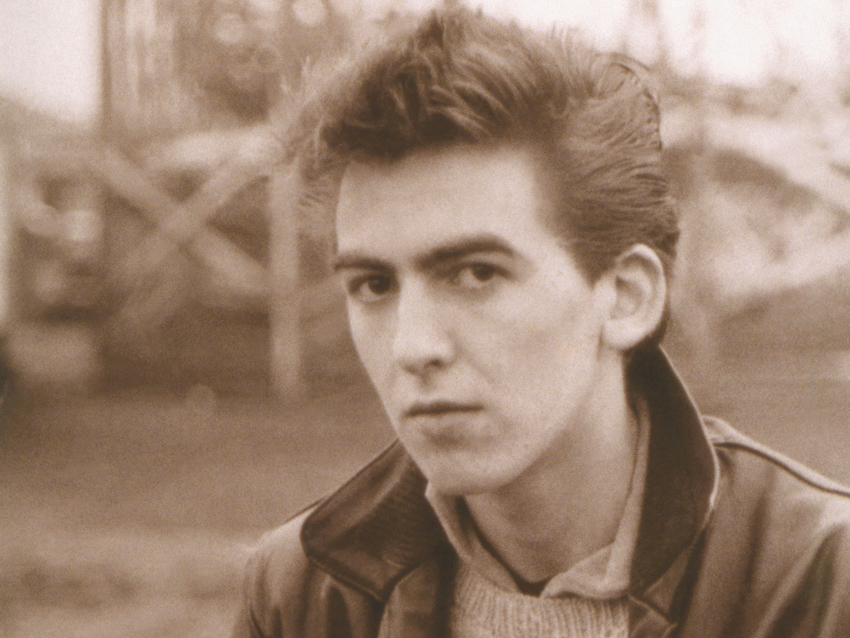
Woman Don't You Cry For Me
“For me, this is a great example of rootsy George, and it shows him playing acoustic guitar in way that you don’t normally hear him play.
“You can see why people like Alvin Lee and Eric Clapton loved him so much; George was never really considered a guitar god, he was always incredibly economical, and it’s perhaps surprising that all these virtuosos were such big fans of his style. I like the fact that you can actually hear him dig in and play.
“This is one of the earliest recordings on the album, and we’ve been trying to figure out who else plays on it. Working from the recording date and who George would have been with at the time, we think it might be a guy who worked for Apple called Jonathan Clyde playing Jew’s harp.”
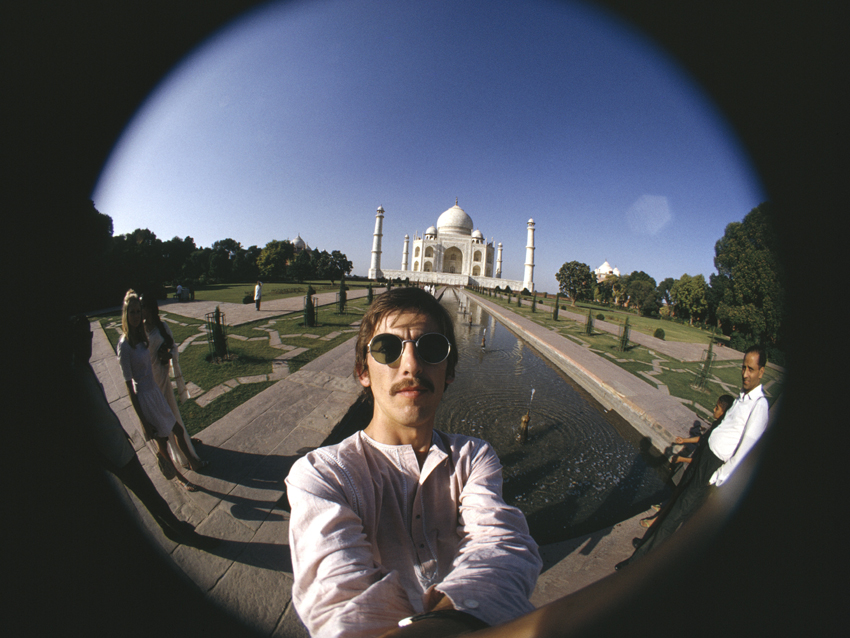
Awaiting On You All
“In much the same way as we were reluctant to manipulate anything so that it was more in time or in tune, because the point of the record was to keep the personality, to make the listener think they’re sitting with George in Friar Park, we wanted to keep the spoken intro to a track wherever there was one.
“He actually gets the title wrong here, he calls it Awaiting ‘For’ You All. I think this is really cool, it’s got a good basic band groove, I think of it as George breaking down a wall of sound. George used to say he hated what Phil Spector did to the song Wah Wah, in that he took a good band recording in the studio and spoiled it with a lot of reverb.”

Behind That Locked Door
“George is an interesting singer, in that he often doesn’t sound like he’s singing. His pitch is great, the harmony he brought to The Beatles was extraordinary, but there’s a kind of conversational intimacy that he brings to a song. This is a great example of that kind of folk-tinged spoken word quality he had. You or I probably couldn’t get away with it without sounding like William Shatner.”
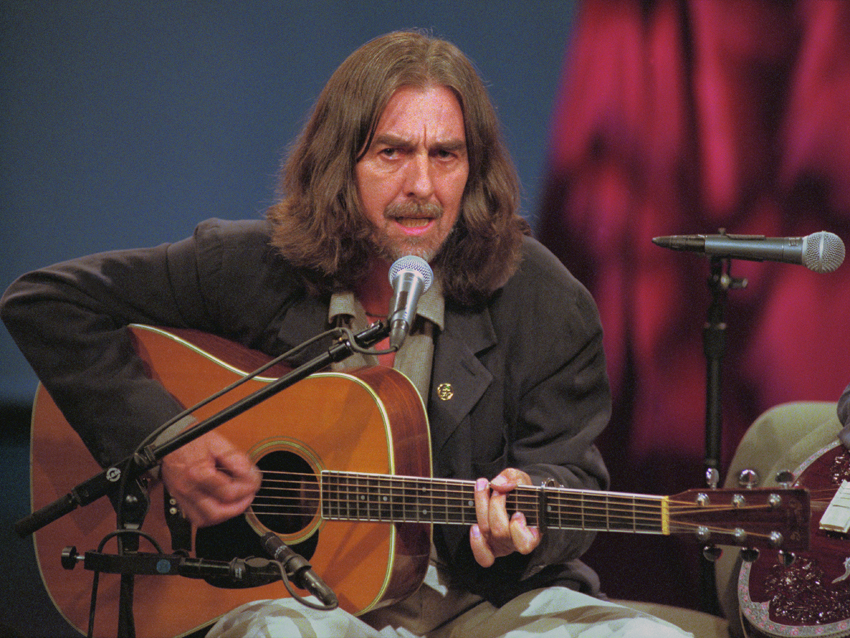
All Things Must Pass
“It’s such a big song on the album of the same name, but this particular version kind of takes you back into the lyrics again.
“George liked to write about things that were happening to him at that moment in time, and this was obviously written while he was going through the ending of The Beatles, so to hear him doing it pretty much on his own transports you to where his head was on the day he laid it down.”
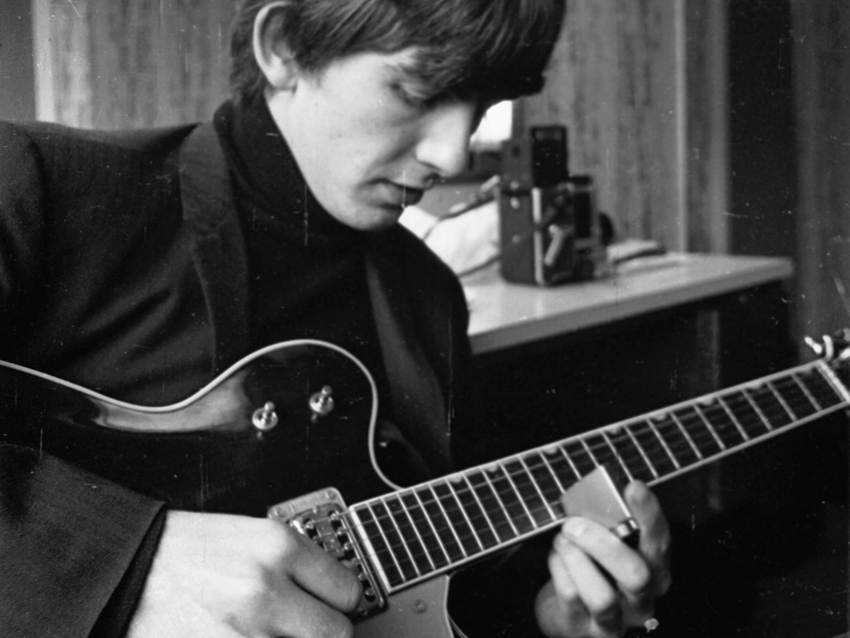
The Light That Has Lighted The World
“I honestly wasn’t sure about this recording, because it’s a bit rough at the end, but there’s something about it that appeals. It sounds like he’s playing it to just one person late one evening, which is very George, it’s what he would do, Olivia tells me.
"It’s a little bit special; it shows how George could make something simple sound very spiritual, almost dreamy in a way. Even though the sequencing of album tracks in a specific order is becoming more irrelevant in these download days, I think this works beautifully as a closer.”
What’s next? How soon can we expect to hear Early Takes Volume 2?
“There’s a lot of material. In my toothcomb kind of way, I got as far as going through the songs that were first released on Living In The Material World, so there’s still an awful lot of stuff that we’ve yet to look at. We’re not working on a schedule of having to deliver the next record by a certain date, and I think it’s important we take our time and do the music justice. George was very prolific at home, it’s quite a formidable output, so who know what treasures lie ahead?”
Liked this? Now read: George Harrison's 10 greatest Beatles songs
Connect with MusicRadar: via Twitter, Facebook and YouTube
Get MusicRadar straight to your inbox: Sign up for the free weekly newsletter
"Reggae is more freeform than the blues. But more important, reggae is for everyone": Bob Marley and the Wailers' Catch a Fire, track-by-track
“Part of a beautiful American tradition”: A music theory expert explains the country roots of Beyoncé’s Texas Hold ‘Em, and why it also owes a debt to the blues
"Reggae is more freeform than the blues. But more important, reggae is for everyone": Bob Marley and the Wailers' Catch a Fire, track-by-track
“Part of a beautiful American tradition”: A music theory expert explains the country roots of Beyoncé’s Texas Hold ‘Em, and why it also owes a debt to the blues









